Top 14 Unusual High-Protein Foods Nutritionists Love

Getting enough protein in your diet is vital for health and fitness. "Proteins function as building blocks for bones, muscles, cartilage, skin, and blood. They are also building blocks for enzymes, hormones, and vitamins," according to USDA's MyPlate. "Varying your protein food choices can provide your body with a range of nutrients designed to keep your body functioning well. B vitamins help build tissue and aid in forming red blood cells. Iron can prevent anemia. Magnesium helps build bones and supports muscle function. Zinc can support your immune systems." Here are 14 unusual high-protein foods nutritionists love.
Edamame
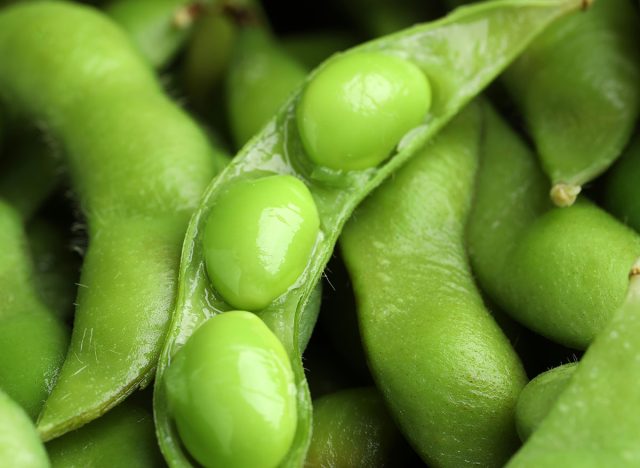
Edamame is a great choice of plant-based protein. "Edamame's a fantastic source of protein. In the plant world, there are very few sources of protein that have all of the necessary essential amino acids," Anna Taylor, MS, RD, LD, CDE, tells the Cleveland Clinic. "Soy is one of those rare plant sources of complete protein."
Almonds
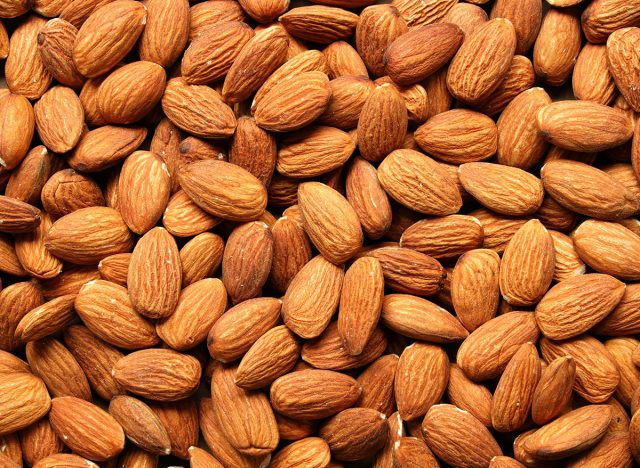
Almonds are delicious and packed with nutrients. "Almonds are a good source of protein, healthy fats, and fiber, which can help provide sustained energy throughout the day," Erin Palinski-Wade, RD, CDCES, LDN, tells MyFitnessPal.
Cottage Cheese
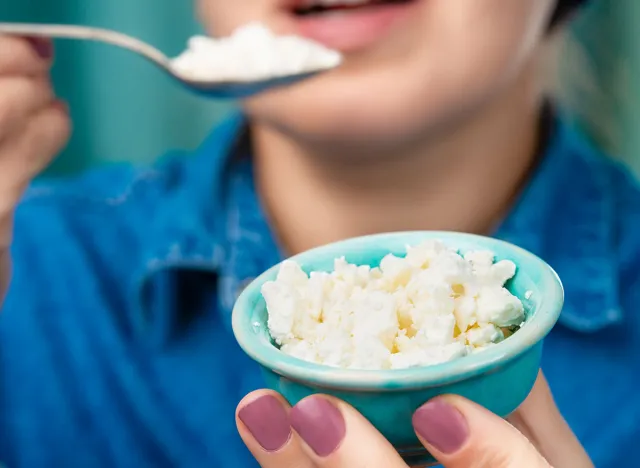
Cottage cheese is a protein powerhouse. "Dairy products like cottage cheese and Greek yogurt provide plenty of bone-building minerals and pack in the protein," says Dana Angelo White, MS, RD, ATC, via Food Network. "With 30 grams per cup for cottage cheese and about 20 grams for Greek yogurt, they're ideal, hunger-fighting additions to any smoothie, breakfast or snack."
Hemp Seeds
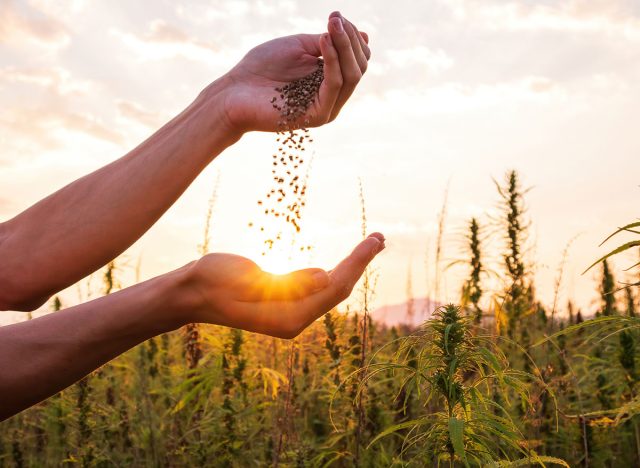
"Believe it or not, three tablespoons of these tiny hemp seeds (aka hemp 'hearts') contain 10 grams of protein (plus plenty of minerals and omega-3 fats)," White says. "Sprinkle on salads, smoothies or add to baked goods and granola."
Eggs
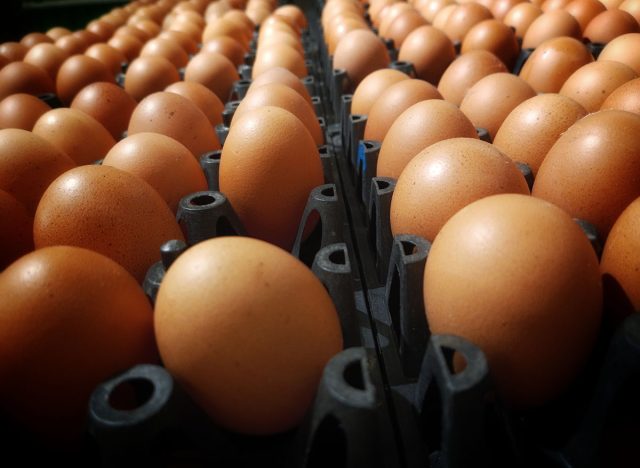
Eggs are the ultimate superfood. "Eggs contain all of the essential amino acids, making them a complete protein source," says Harvard Health. "Eggs are also a source of vitamins, minerals, healthy fats, and antioxidants.
Quinoa
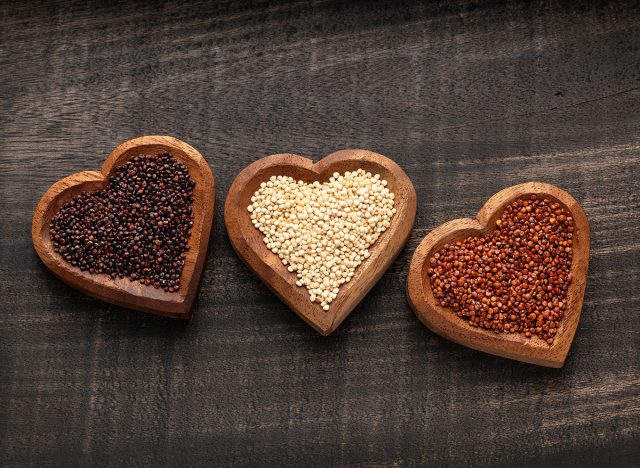
Quinoa is a good choice of protein for vegans and vegetarians. "Quinoa is a plant-based protein source that is also a complete protein," says Harvard Health. "A cup of cooked quinoa provides about 8 grams of protein and 5 grams of fiber. Quinoa is also a good source of minerals such as manganese, phosphorus, and copper.
Chia Seeds
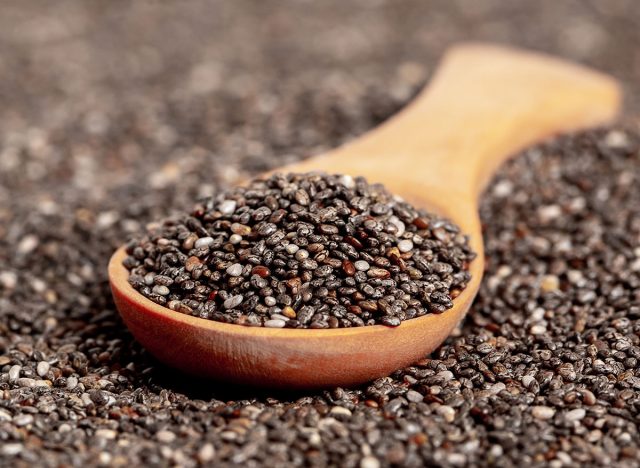
Chia seeds are a good source of protein. "With a balance of protein, fiber, and fat, chia seeds can provide balanced blood sugar, resulting in steady energy levels," Palinski-Wade says.
Lentils
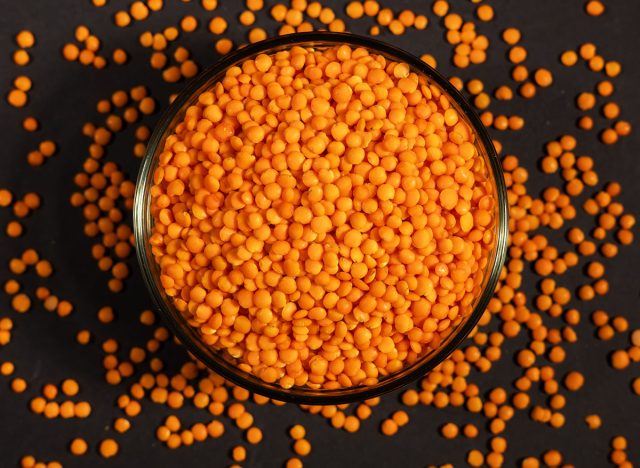
Lentils are versatile and relatively cheap, experts say."I love lentils. They're really economical when you buy them dried," Taylor says. "While there are different types of lentils, they are all similar in terms of their nutritional value. I also throw them into other dishes, like if I'm making brown rice, which by itself is very … lackluster. By adding lentils, you're suddenly at a higher protein count for the dish."
Fresh Mozzarella
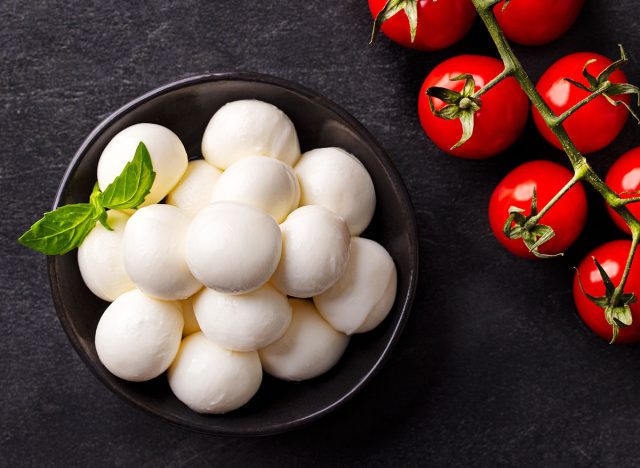
Mozzarella is an excellent source of protein. "Often overlooked as a stellar protein source, reach for fresh mozzarella cheese on sandwiches, salads, and pizza for 15 grams of protein in a 3-ounce portion," White says. "Your bones will thank you for giving them 45% of the daily requirement of calcium."
Protein Pancakes
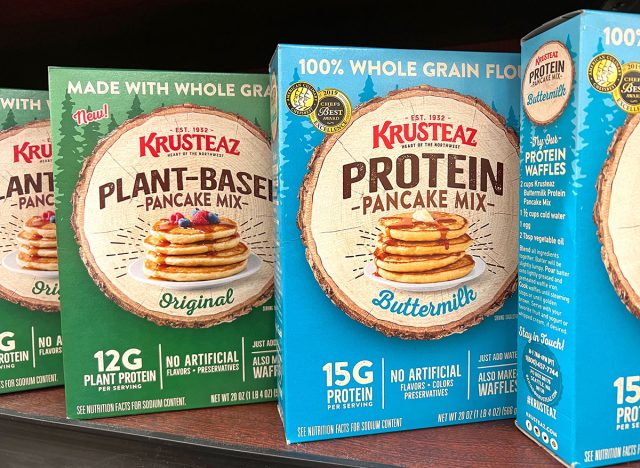
Try protein pancakes for a healthy breakfast. "A far cry from the pancakes you ate as a kid, high-protein pancakes are a delicious, muscle-fueling, and satisfying snack option that you can whip up in just minutes," says Jacob Green, MS, RD, CISSN, via The Vitamin Shoppe. "These days, you can buy instant pancake mixes that go heavy on protein (and sometimes fiber!), resulting in pancakes that keep you feeling full and provide sustained energy. You can also DIY protein pancakes using your favorite protein powder (more about powders and bars soon) and one of the million recipes you'll find online."
Split Peas
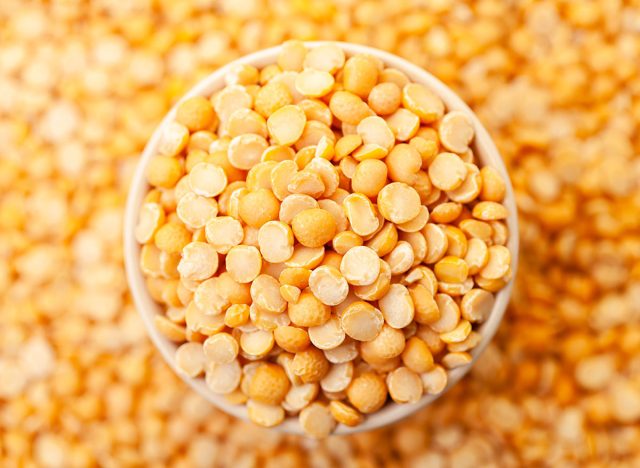
Split peas are a great choice of plant-based protein. "People expect me to list quinoa in my list of faves, and it's great, but you have to eat a whole cup of it to get the protein power you get with legumes. Split peas are a legume that packs a punch," Taylor says.
RELATED: I Lost 95 Pounds in Under 7 Months With These 12 Steps
Duck Eggs
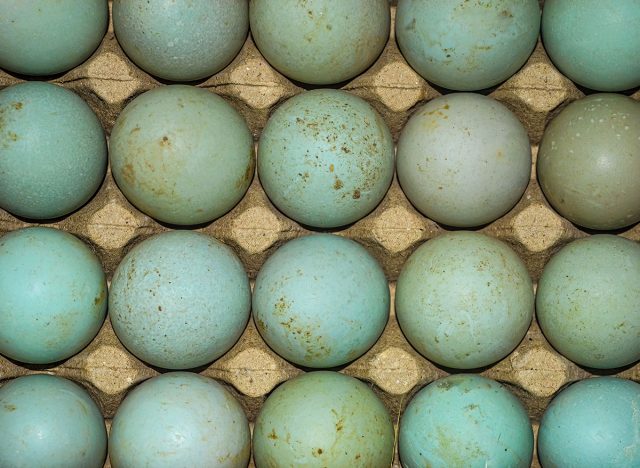
Why not try duck eggs instead of chicken eggs? "We certainly do not have to be limited to just hen eggs," Whitney Linsenmeyer, PhD, assistant professor at Saint Louis University and spokesperson for the Academy of Nutrition and Dietetics, tells TODAY.
Cheese Sticks
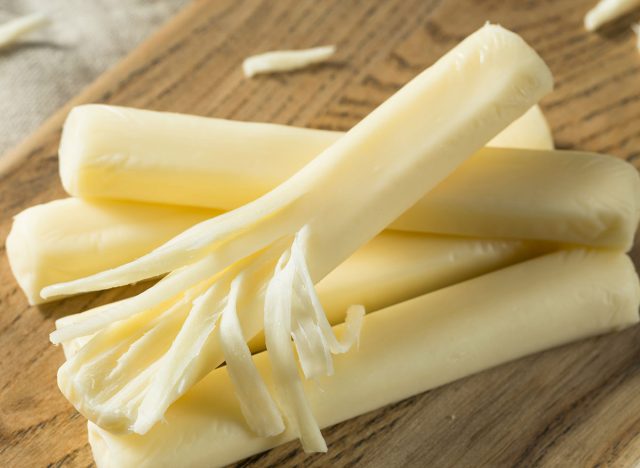
Cheese sticks are a convenient, high-protein food. "If you want a whole-food snack that's satisfying and requires zero prep, cheese sticks are about as convenient as it gets," Green says. "Packed with protein and calcium, these portable snacks are not only delicious but also contribute to bone and muscle health."
Shrimp
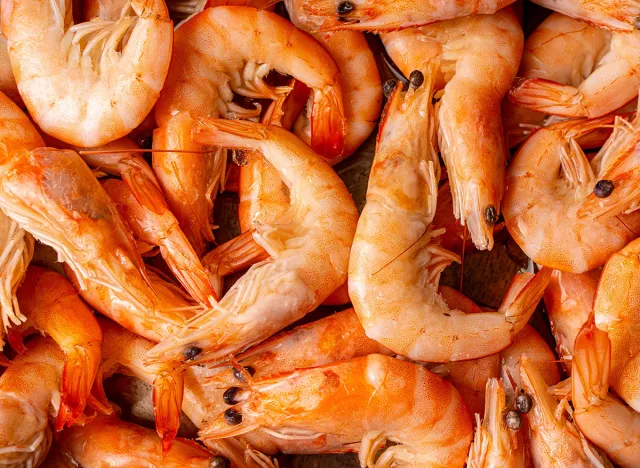
Shrimp is versatile and high in protein. "This quick-cooking seafood can boost the protein total in salads, pasta dishes, tacos, and stir-fries," White says. "Once considered taboo for high levels of cholesterol, shrimp are naturally very low in saturated fat — the real culprit for high 'bad' cholesterol numbers. Three ounces of cooked shrimp will deliver 18 grams of lean protein." And if you enjoyed this article, take advantage of these 15 Quick Ways to Lose Body Fat Percentage in a Week.




